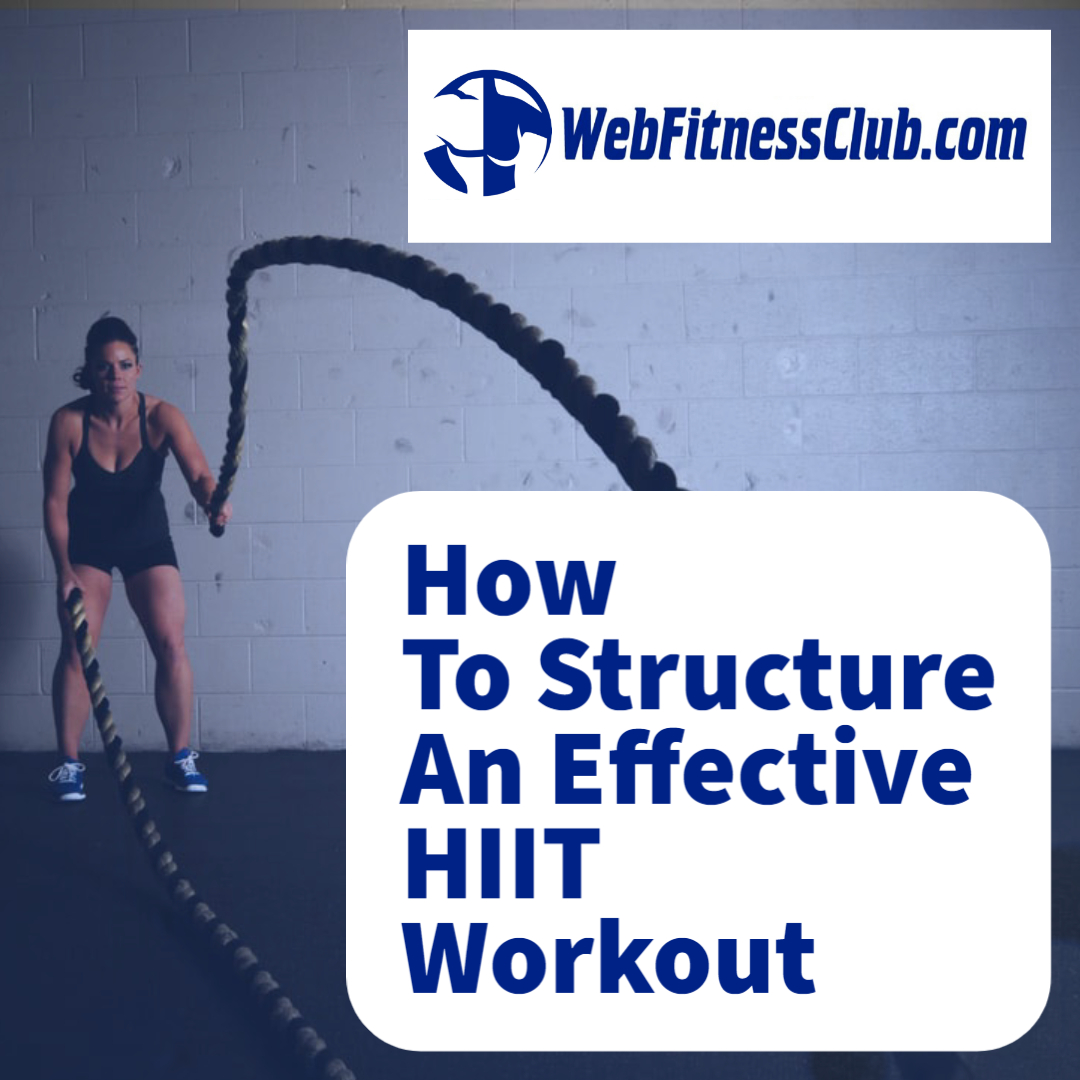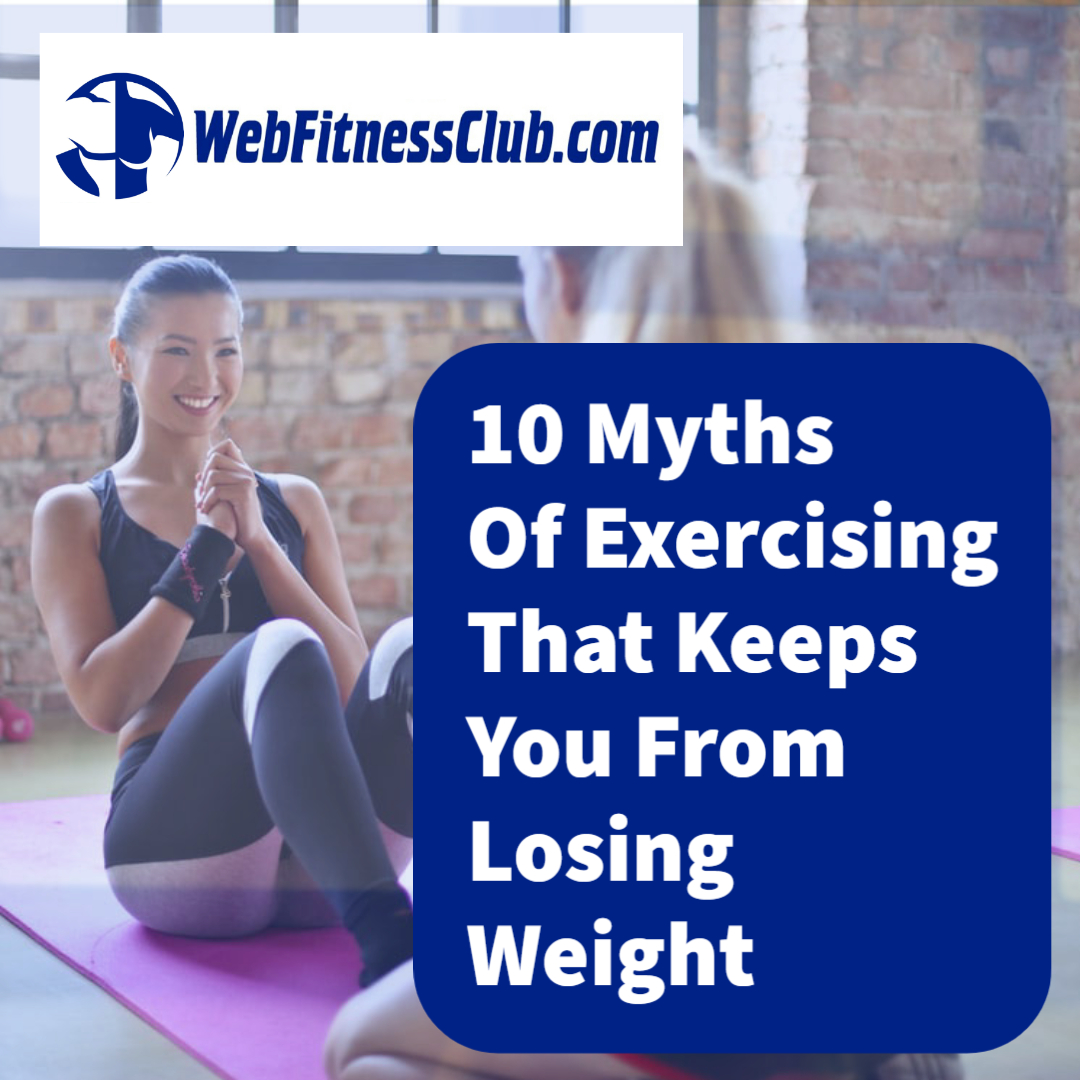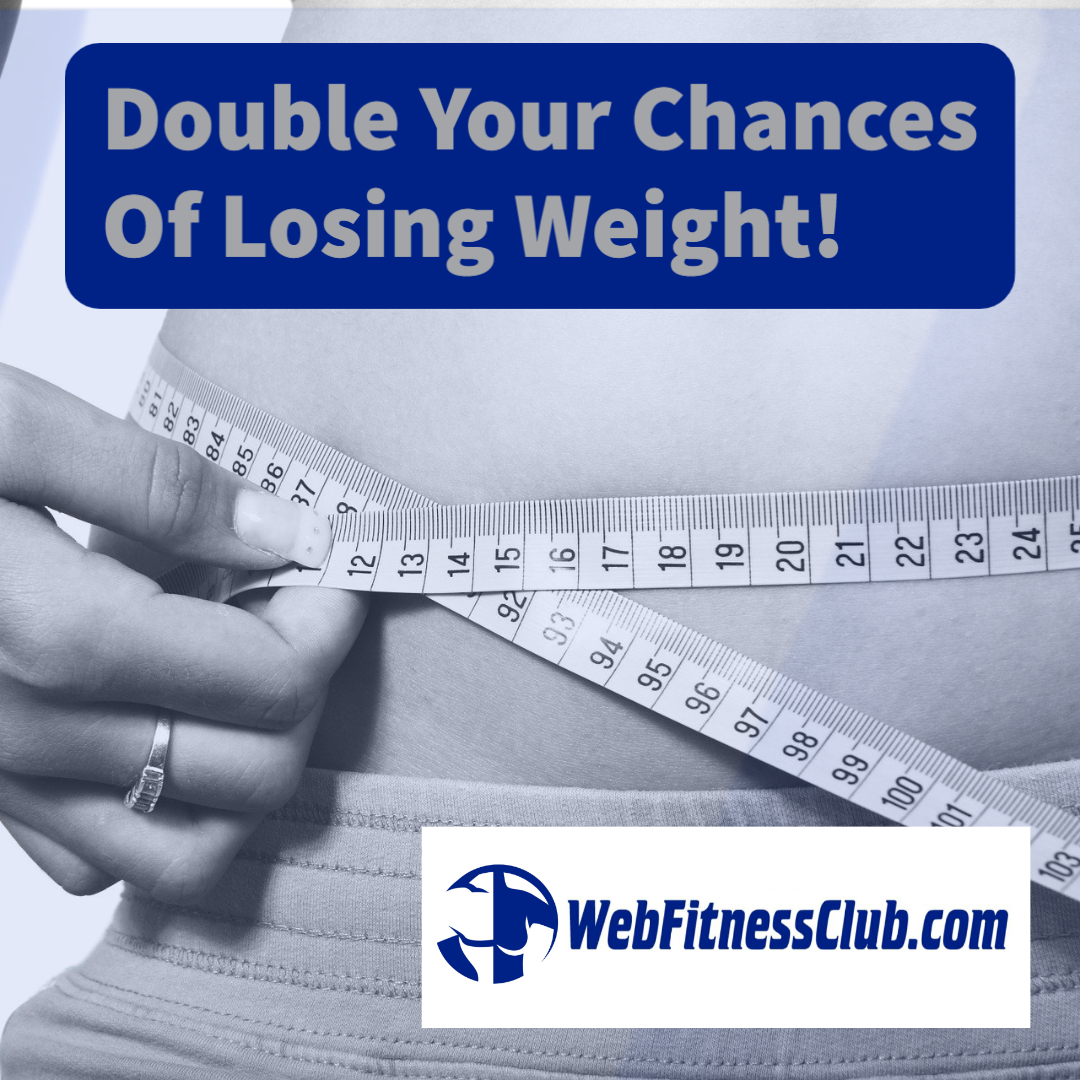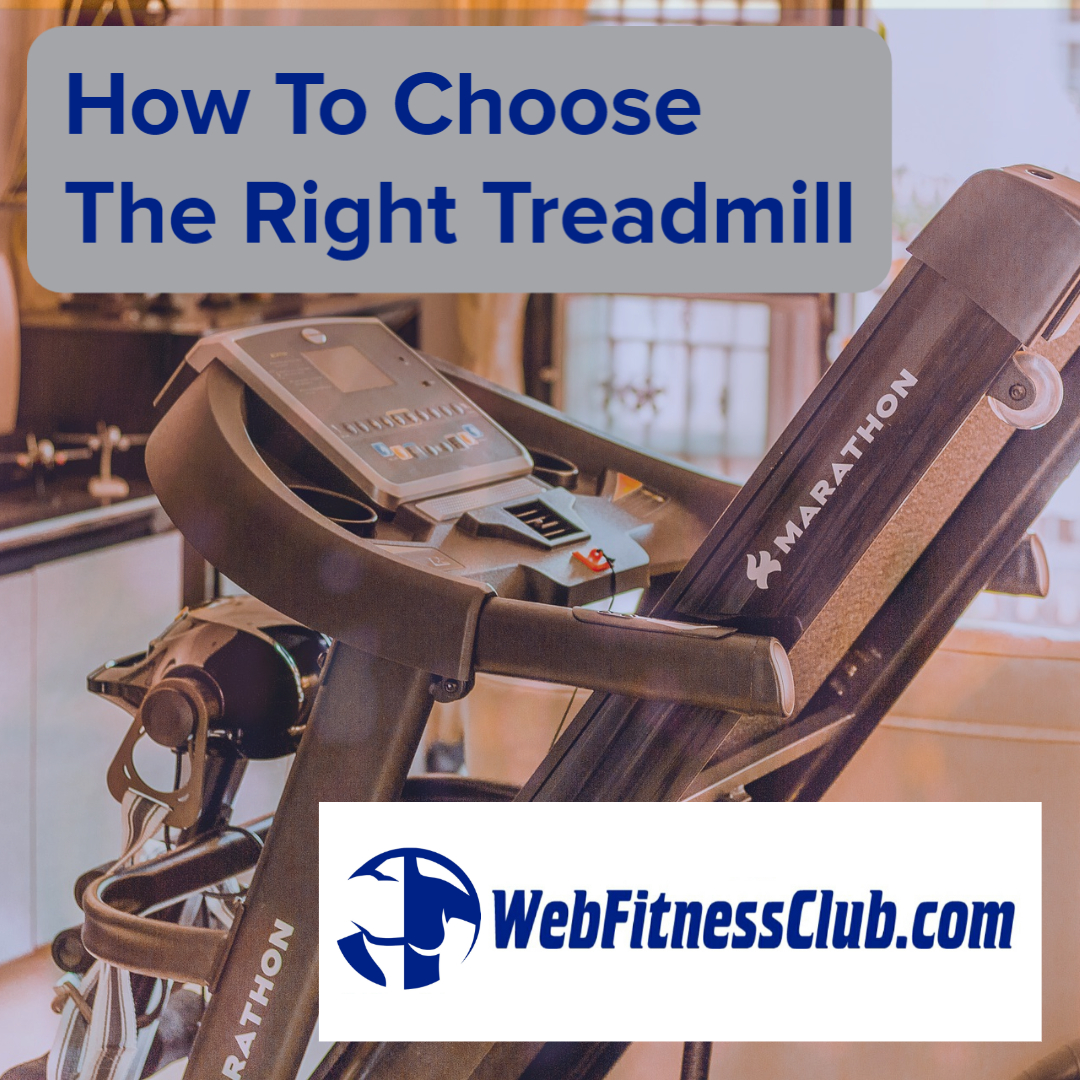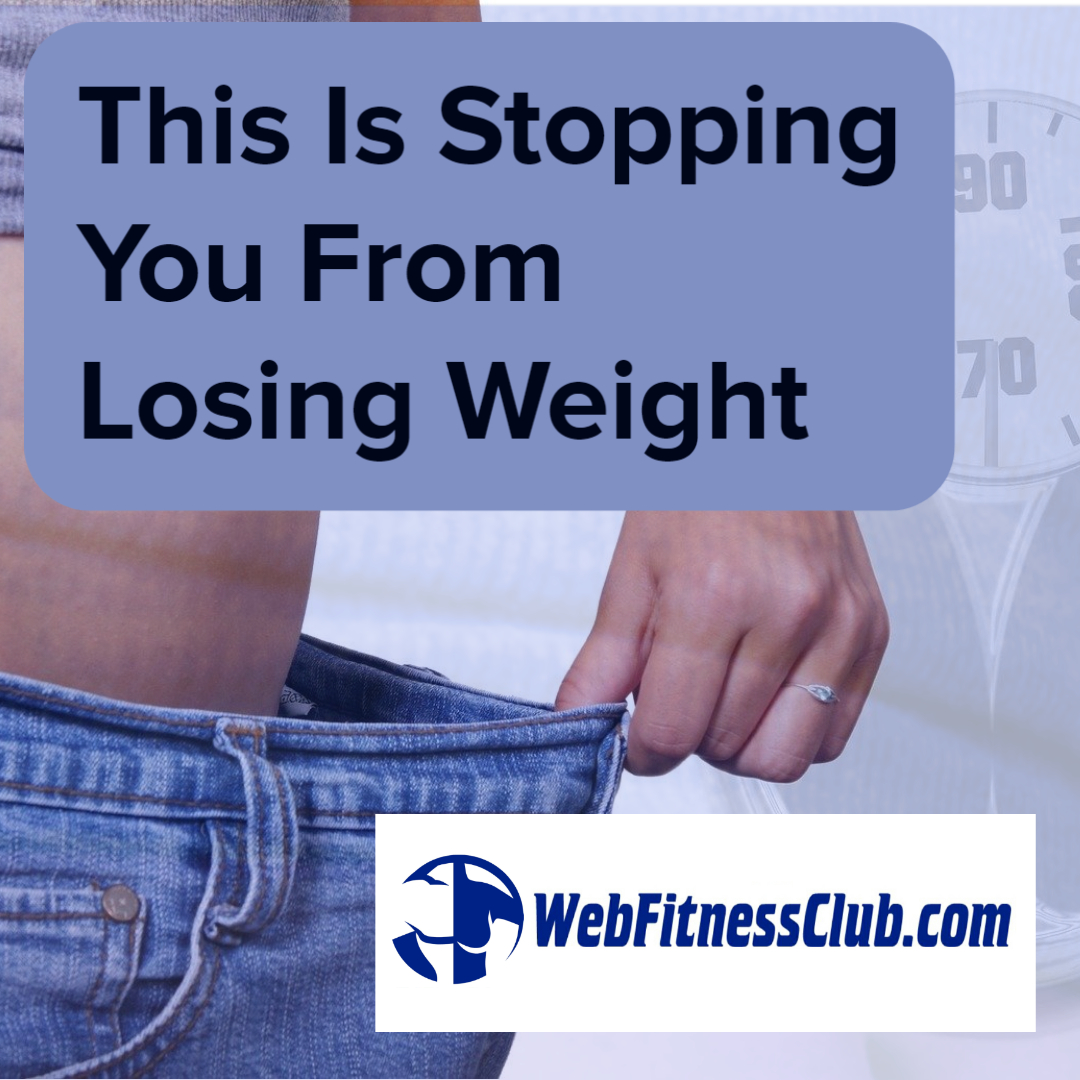How To Structure An Effective HIIT Workout
Structuring a High Intensity Interval Training (HIIT) workout is pretty straightforward once you know the basics. Before proceeding, here are a few quick tips:
* You only need to do 2 to 3 HIIT sessions a week to see results.
* Always have a 1 day break between each HIIT session
* Full-body strength HIIT workouts are more effective than cardio HIIT workouts
* Make sure you’ve been exercising for at least a month or two before trying HIIT
* Intensity and load is more important that duration of workout
Now let’s look at the basics:
1. Full-body workouts
It’s best that all your HIIT sessions be full body workouts. The more muscles you recruit, the more calories you burn. You’ll also be toning your different muscle groups. This is one reason why strength training workouts with HIIT are much more effective than HIIT that are purely cardio workouts.
If you’re doing sprints as a form of interval training, you’ll mostly be working your legs and to a small extent your arms. While your stamina will improve, your upper body strength will not increase significantly.
With strength training, your entire body will be given a workout. The muscles in your upper body will get stronger and your lower body will too. There will be more balance. Your stamina will also improve because of the intensity.
So, it’s best to have strength training exercises and full-body workouts. Stick to compound exercises like deadlifts, squats, lunges, pushups, pull ups, leg raises, etc.
Do remember to warm up for 5 minutes before you start a HIIT session and do cool down exercises for 5 minutes when you’re done.
2. Work to rest ratios
Your work to rest ratio will depend on your level of fitness. If you’re a beginner, your work:rest ratio will be 1:2. That means 30 seconds high intensity followed by 1 minute of rest. You’ll do this for 10 to 15 minutes and for as many sets as you can fit into the duration you’re working out.
Advanced training usually means longer intensity duration followed by shorter rest intervals. A common technique is 45 seconds work, 15 seconds rest.
If you’re at intermediate level, you’ll still follow the 1:2 ratio but you’ll train for 15 to 20 minutes. You may wish to do 1 minute intense followed by 2 minutes rest. As long as you maintain the ratio, you’re good.
If you’re advanced, you can aim for a ratio of 1:1. One minute of intensity followed by one minute of rest. Or you could even do 2:1. Two minutes intensity followed by 1 minute of rest. You can do this for 20 to 25 minutes. This is best attempted by women with a high level of fitness.
* Progressive training
Keep your training progressive but gradual. Always seek to improve. You could improve by doing extra reps or extra sets in the given time period. It would be a good idea to record the details of each workout so that you know you’re trying to beat your personal bests.
You can improve in 3 ways:
* Increasing your speed, reps/sets
* Increasing the weights
* Shortening the rest periods
3. Knowing your max heart rate
Your maximum heart rate can be found by subtracting your age from 220. So, if you’re a 35 year old woman, 220 – 35 = 185. This is your maximum heart rate.
When training, you want to be at around 80 to 95 percent of your maximum heart rate. That will mean 185 x .80 and 185 x .95. So your training zone has a range of 148 to 175. This is the zone your heart should be beating at when you’re training during a HIIT session.
Your recovery heart rate should be 60 to 70 percent of your maximum heart rate. Ideally, you should have a heart rate monitor to track your heart rate so that you’ll know at a glance where you stand.
Now that you’re aware of the basics, structure your HIIT workouts so that you train your entire body with compound exercises. Workout for a suitable duration at your maximum heart rate. Vary your workouts and always strive to improve on your personal bests.
We have great training options inside our WebFitnessClub Membership about fitness, motivation and how to developing the best workout for you.
Take action now and use everything we have for you at: WebFitnessClub.com


